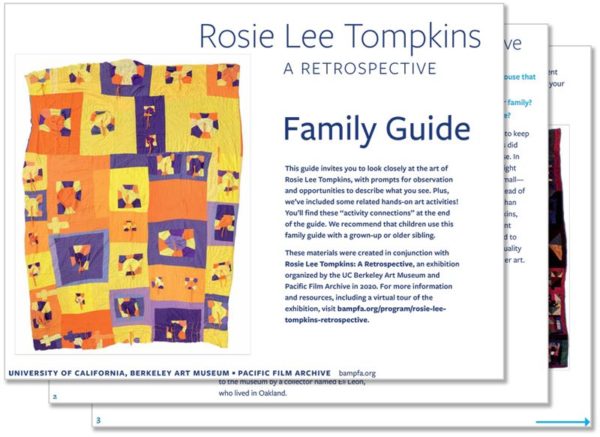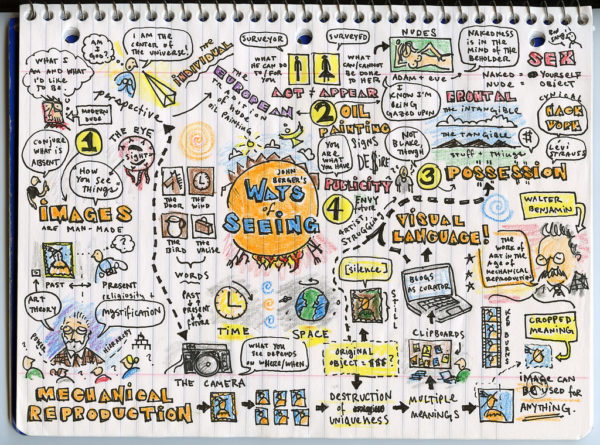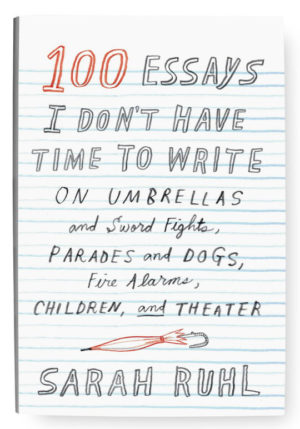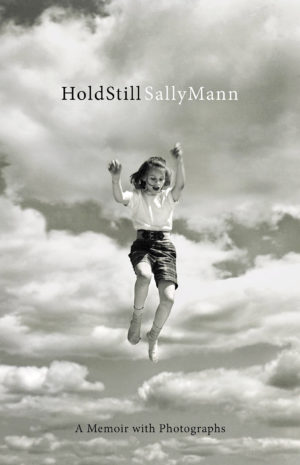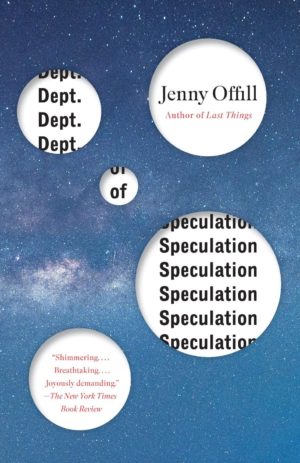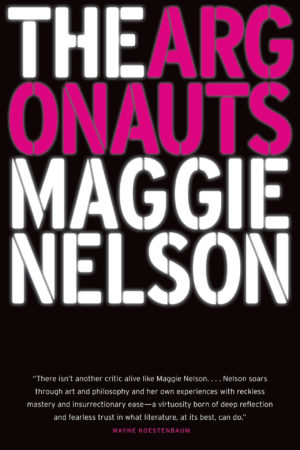A little tip: If there’s a museum show you’re interested in, look for a “family guide” or “classroom guide” on the website. They’re often offered as free, downloadable PDFs and have good images and information without museum “artspeak.”
Hockney’s Pearblossom Highway
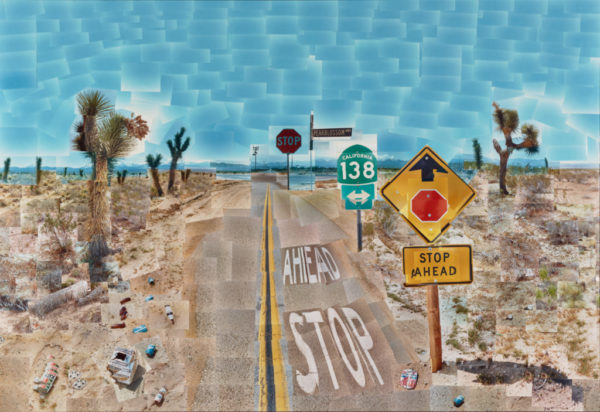
Here is David Hockney’s Pearblossom Highway, 11-18 April 1986, #2. Several people mentioned that they thought of Hockney when they saw my “Houses for Meg” — a huge compliment to me, as Hockney is one of my favorite artists. His “joiners” are my favorite works of his: huge photo collages made up of hundreds of individual 4×6″ prints.
In this video Hockney talks more about the piece and its origins:
(I had no idea it was originally commissioned by Vanity Fair to illustrate Humbert Humbert’s drive across the southwest in Lolita.)
Here’s a 1988 feature of him returning to the site and showing how he took the shots:
Oh, one fun thing: when you zoom in on the collage the Getty website serves up a bunch of different chopped up .jpegs. I downloaded them and put them in an ImageQuilt and hit shuffle:
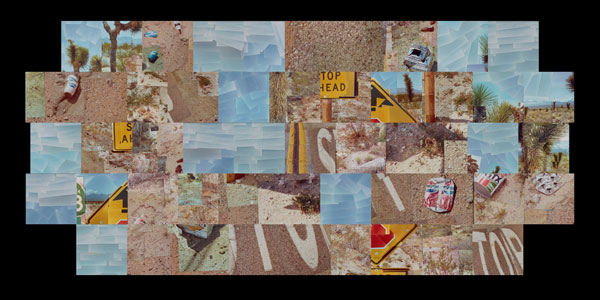
Filed under: David Hockney, collage
Ways of Seeing… with penguins
A silly mashup in a serious time: John Berger’s Ways of Seeing + penguins visiting the Nelson-Atkins.
Berger’s book based on the series is one of my favorites. Here’s a map of it I drew of it in 2008, back when I drew other people’s books in stead of my own…
Finding nourishment vs. identifying poison
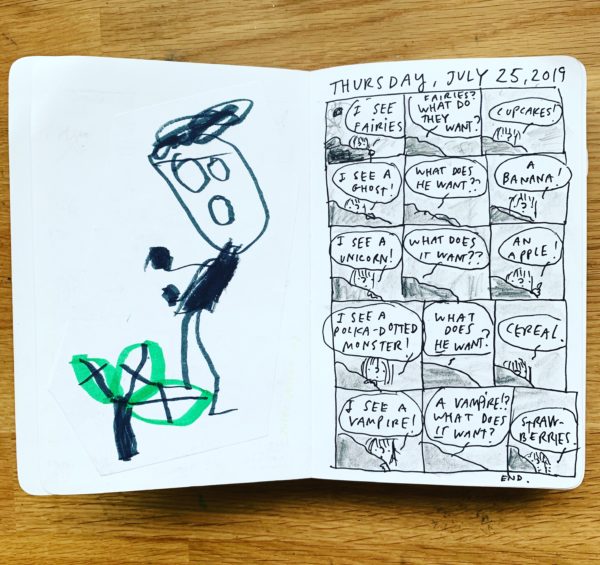
“We need to know what’s going on,” writes Olivia Laing in her new collection of essays, Strange Weather: Art in an Emergency, “but how much detail is useful, and what do you do once you’ve got it?”
To deal with this question, Laing brings up Eve Sedgwick’s idea of “paranoid” reading vs. “reparative“ reading.
“Anyone who’s spent time on the internet in the past few years will recognise how it feels to be caught up in paranoid reading,” Laing writes. The paranoid reader is all about “gathering information,” addicted to the idea that the “next click, the next link” that will bring clarity. But clarity never comes, because you can never, ever know enough to avoid danger and disaster.
Though paranoid readings can be enlightening and grimly revelatory, they also have a tendency to loop towards dead ends, tautology, recursion, to provide comprehensive evidence for hopelessness and dread, to prove what we already feared we knew. While helpful at explaining the state we’re in, they’re not so useful at envisaging ways out.
An “altogether different approach” is “reparative” reading, reading that “isn’t so much concerned with avoiding danger as with creativity and survival.”
A useful analogy for what [Sedgwick] calls ‘reparative reading’ is to be fundamentally more invested in finding nourishment than identifying poison. This doesn’t mean being naive or undeceived, unaware of crisis or undamaged by oppression. What it does mean is being driven to find or invent something new and sustaining out of inimical environments.
I would like to adopt that line as a mission statement: “To be fundamentally more invested in finding nourishment rather than identify poison.”
Because you can identify all the poison you want, but if you don’t find nourishment, you’ll starve to death.
Later in the book’s introduction, Laing says, “I’m going out as a scout, hunting for resources and ideas that might be liberating or sustaining now, and in the future.”
Me too.
5 great books about art and motherhood
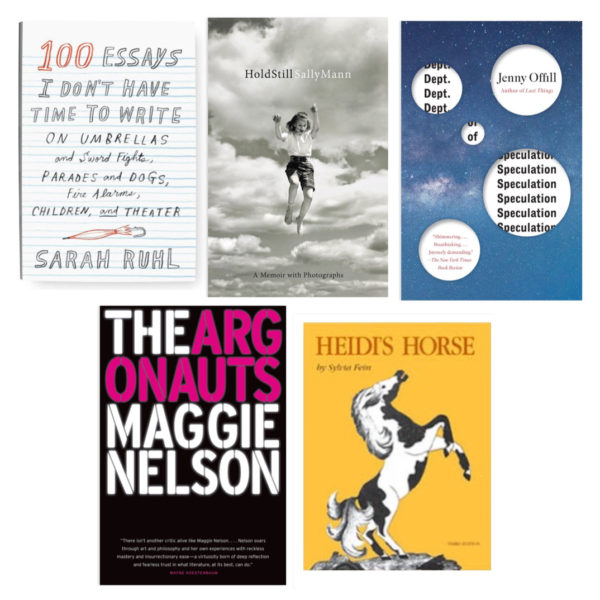
Happy Mother’s Day. Here are 5 of my favorite books about making art and being a mother:
1. Sarah Ruhl, 100 Essays I Don’t Have Time To Write
Short essays about making art and raising children, and the interesting ways that one influences and provides insight into the other. Ruhl is a playwright and a mother of three and writes beautifully about art’s need for solitude and quiet vs. the constant interruption of mothering:
There were times when it felt as though my children were annihilating me… and finally I came to the thought, All right, then, annihilate me; that other self was a fiction anyhow. And then I could breathe. I could investigate the pauses.
2. Sally Mann, Hold Still: A Memoir with Photographs
Mann is that rare master of both pictures and words, and her memoir shows off that mastery: the visual images are perfectly woven into the text to tell her story. The book covers her long, interesting life and career, but a portion of it reads as a cautionary tale about using your children in your art.
Not only was the distinction between the real children and the images difficult for people, but so also was the distinction between the images and their creator, whom some found immoral.
3. Jenny Offill, Dept. Of Speculation
A wonderful short novel about art, marriage, and motherhood that you can read in one sitting. The way the text is fragmented replicates the way you think when you’re a new parent.
About the book she has said:
New parents, but especially new mothers like the [main character], have a set of alarms going off in their heads during the early, high stakes period of trying to keep a baby alive, while dealing with the pleasant lull of housebound boredom. The transcendence is undercut by the tedium. I wanted to get that feeling on the page. The solution I came up with was to describe her thoughts and actions in fragments, so that one would always be dislocating the other.
4. Maggie Nelson, The Argonauts
While all these books are in some way about women coming to terms with being both an artist and a mother, there’s the added complexity of Nelson being a queer-mother-artist, and an older one at that:
I’m an old mom. I had nearly four decades to become myself before experimenting with my obliteration.
Another very good (and fragmented) short read with a really smart system of quotation, and an excellent ending.
5. Sylvia Fein, Heidi’s Horse
Fein, a surrealist painter who celebrated her 100th birthday last year with a 70-year retrospective exhibition in Berkeley, took a break in her painting career to write this book and its followup, First Drawings. The book collects her daughter Heidi’s drawings of horses from the age of 2 to 17. (Fein raised her daughter on a horse ranch.)
I don’t know of any other book like this. A weird, remarkable work showing the development of a child’s drawings with a single subject. (More about the book in my post: What pictures of horses can teach us about art.)
* * *
Filed under: parenting
- ← Newer posts
- 1
- …
- 4
- 5
- 6
- 7
- 8
- …
- 21
- Older posts→

